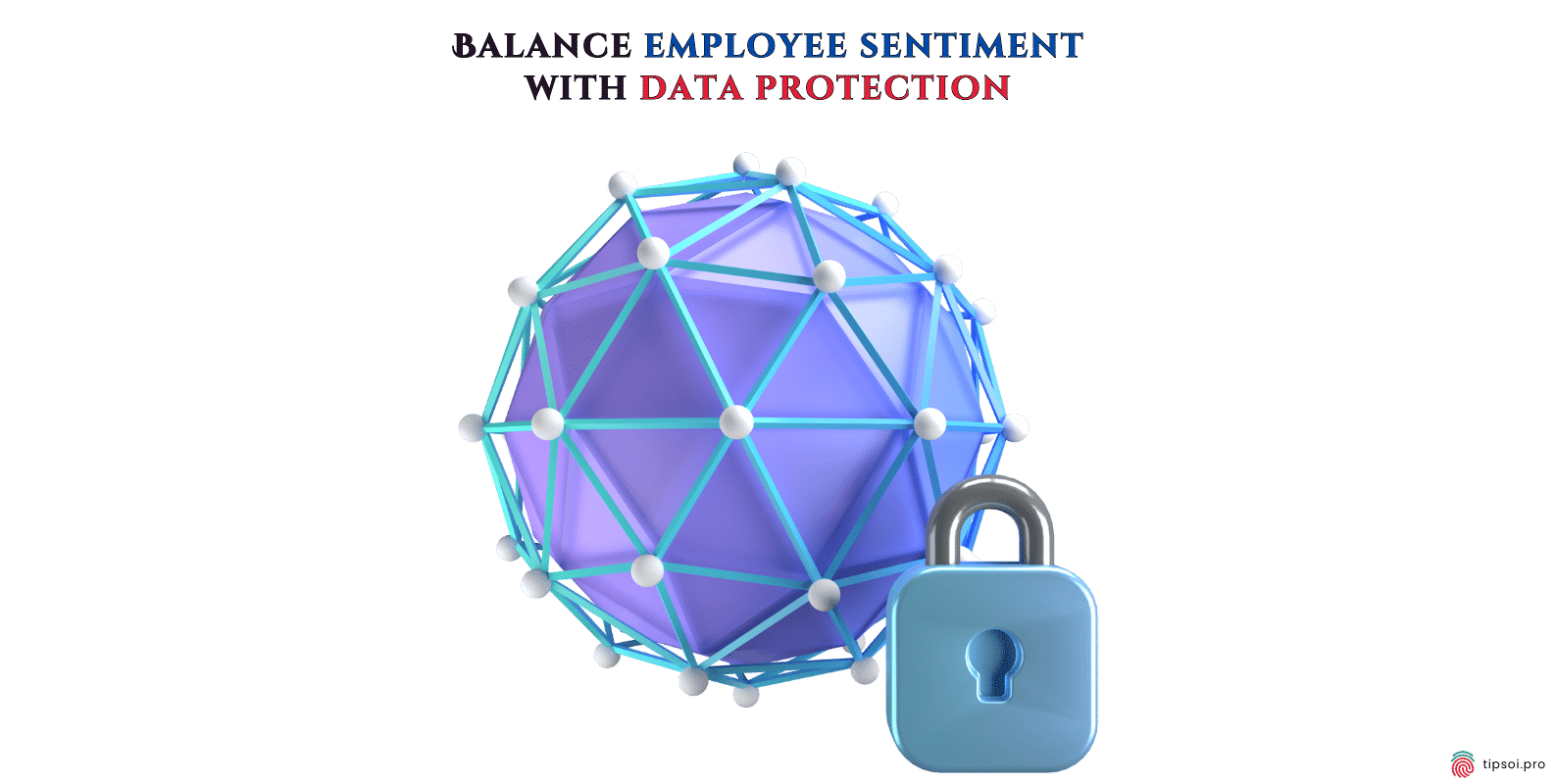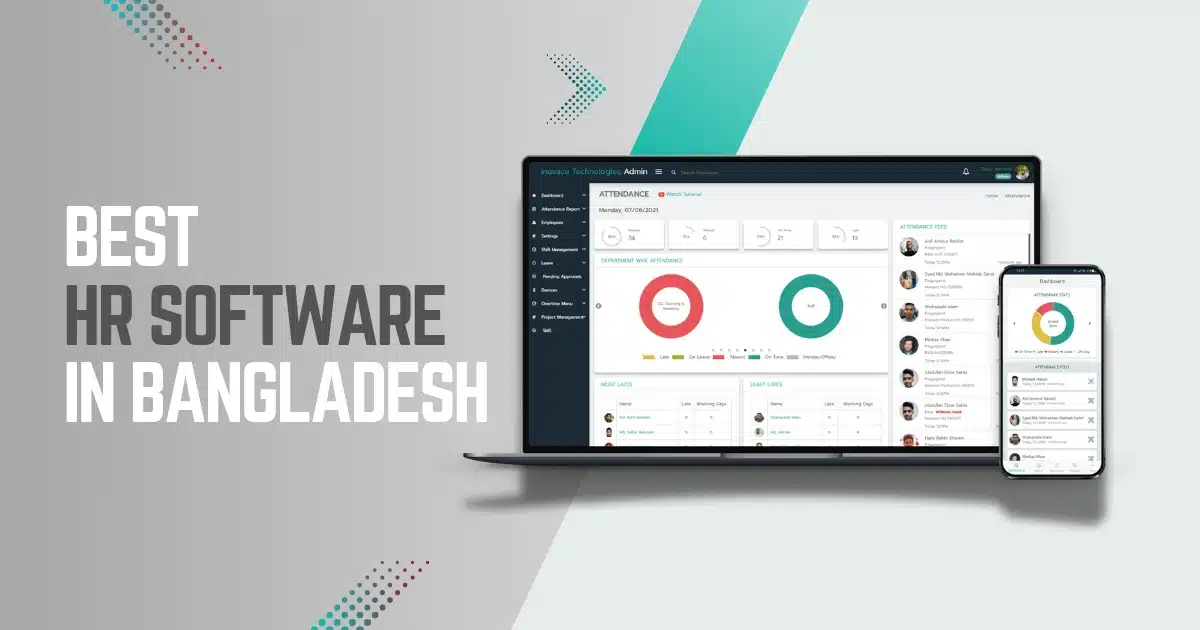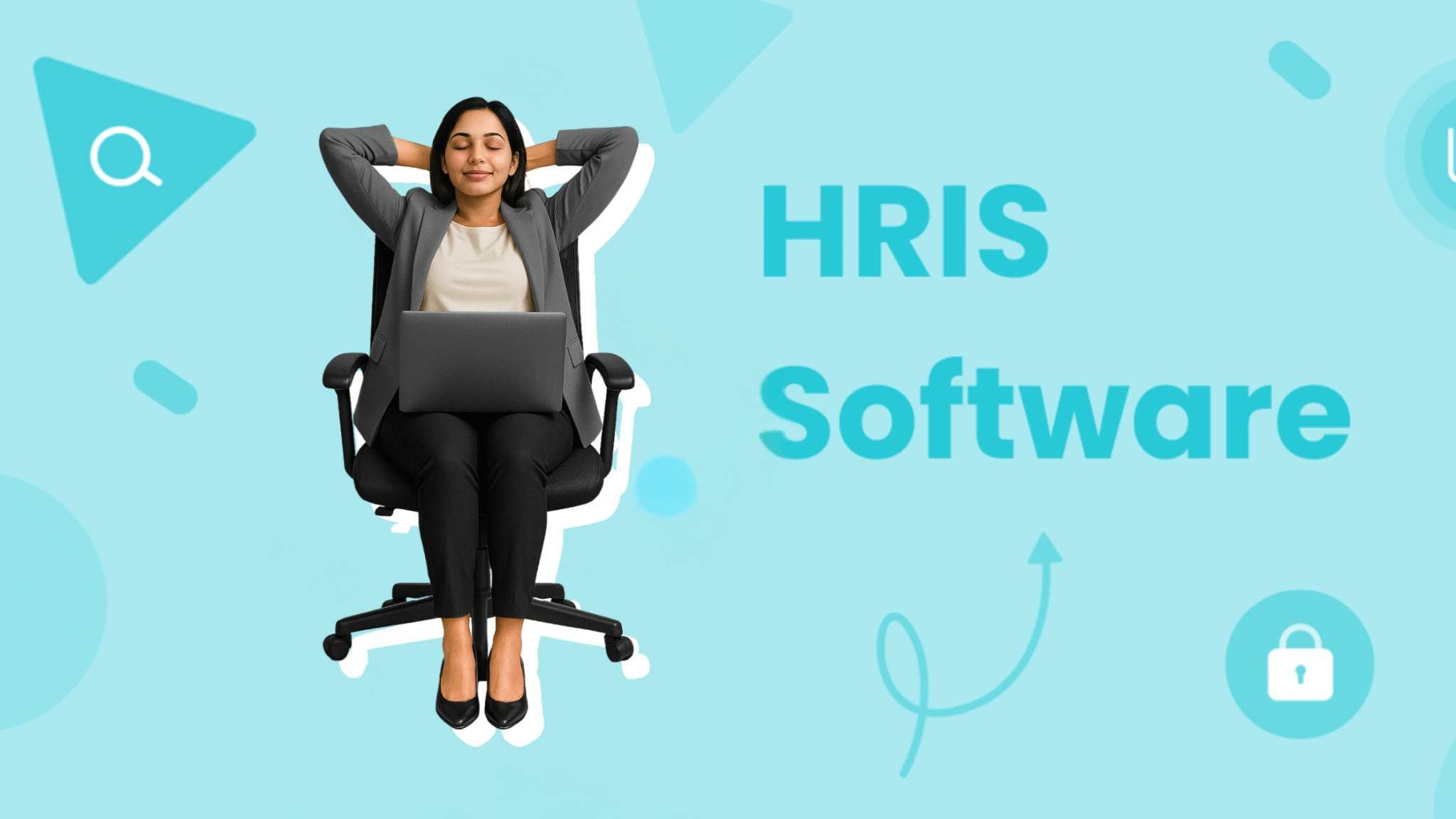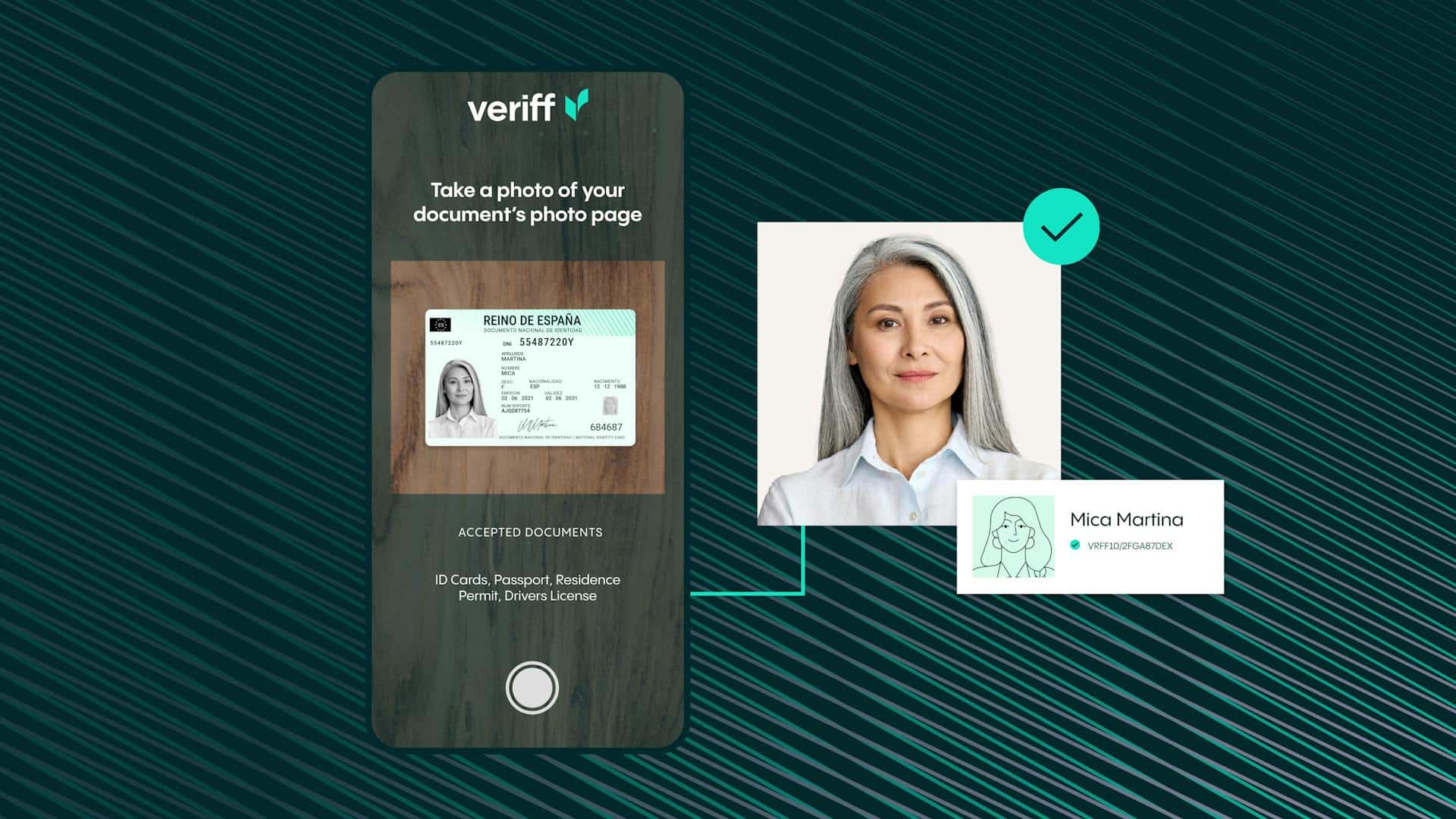HR teams are brewing up valuable insights with AI-driven sentiment analysis—but in the age of data privacy, how do you ensure you’re “spilling tea” (truths) without spilling employee secrets?
In this article, discover how ethical sentiment analysis in HR uncovers workplace feelings while keeping confidential data locked down. Learn practical strategies for balancing honest employee feedback with top-tier privacy, all in compliance with regulations like GDPR.
Quick answer:
“Ethical sentiment analysis in HR empowers organizations to measure workplace sentiments anonymously, ensuring employee privacy through secure, compliant AI technology.”
Read on to find out how to unlock candid insights without compromising trust.
Want to know what your employees really think but are worried about crossing the privacy line? No sweat! We’ve got the inside scoop on how to use sentiment analysis responsibly, ensuring data privacy in sentiment analysis is always prioritized. Get ready to uncover valuable insights without sacrificing trust. Let’s dive in!
How can I ensure data privacy and security when implementing sentiment analysis?
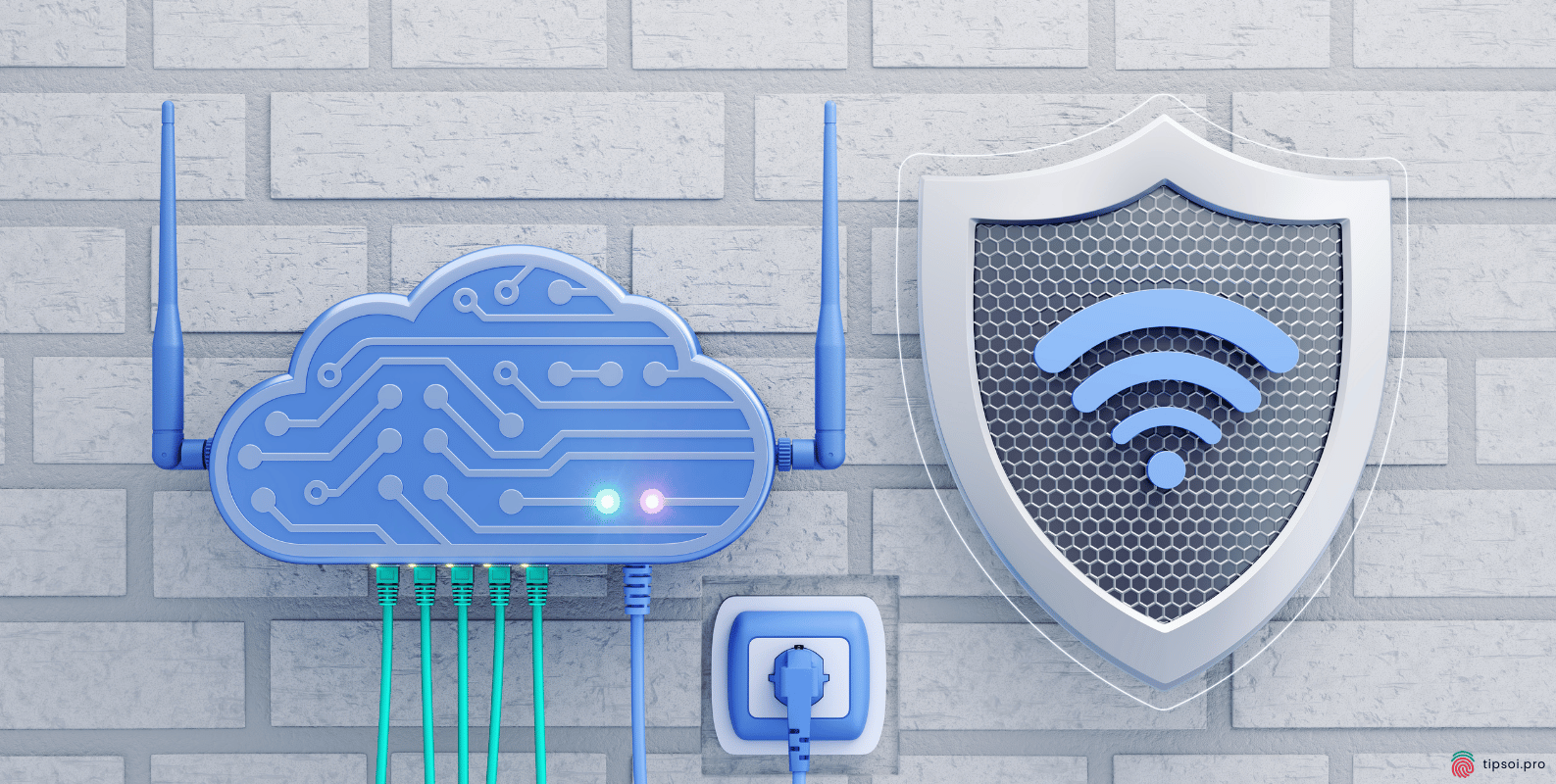
Making sure that data is private and secure when using sentiment analysis is essential for maintaining employee trust and compliance with privacy regulations like GDPR. Here are some practices every HR team should follow:
1. Anonymize and Aggregate Data:
In sentiment analysis, anonymisation is essential for maintaining data privacy because it makes sure that no one’s data gets leak. Before examining the data, remove or conceal any personally identifiable information (PII). Delete names, email addresses, employee IDs, and any information that people can use to identify an individual inside the collection in order to do this. Making people anonymous helps keep their names safe while still making studies useful.
2. Terms of Service and Data Scraping:
When collecting data from online platforms (e.g., social media), review their terms of service. Some platforms restrict data scraping or impose limitations. With respect to these terms, ensure compliance. Always prioritize data privacy in sentiment analysis, even when collecting data from external sources.
3. Limit Access and Permissions:
Set up tight access rules to limit who can see the data from the sentiment analysis. Role-based access control (RBAC) will make sure that only people who are allowed to can see or change the data. Check entry logs often to find any efforts to get in without permission.
Restricting access to sensitive data is fundamental for maintaining data privacy in sentiment analysis. Only let approved people, like HR managers or data scientists, see the sentiment analysis data. Set up role-based access controls to control what kinds of data different people can see and study.
4. Secure Data Storage:
We should use strong encryption methods to protect all data, whether it is at rest or in motion. We secure both data that travels across networks and data we keep in databases.
- For data that is not being sent, use methods like TLS (Transport Layer Security). For data that is being sent, use AES (Advanced Encryption Standard).
- Robust encryption is essential to ensure data privacy in sentiment analysis and protect sensitive information from unauthorized access.
- Keep data from sentiment analysis in safe places with strong security methods.
- Use cloud storage services that are safe and follow the rules and standards for data safety in your business. Encrypt the data while sending and storing it.
- Keep your data safe on sites that have strong security and intrusion detection systems. You might want to use cloud-based saving options that meet industry norms and offer better security.
5. Choose Privacy-Focused Tools:
Get only the information that you know for sure you need for sentiment analysis. This idea of “data minimization” makes it less likely that private data will get out. It also fits with privacy rules like GDPR and CCPA.
Selecting tools that prioritize data privacy in sentiment analysis minimizes the risk of unauthorized access or misuse. If you use outside tools for sentiment analysis, make sure that the businesses that make them follow data privacy and security rules. Check to see if they follow good security methods, and make sure that any contracts they sign with you include terms for protecting your info.
6. Conduct Regular Audits and Assessments:
Do security checks and constant tracking of systems on a regular basis to find and fix holes. Be cautious, as this method helps to find and fix possible security holes before they cause a lot of damage.
- Regular audits and assessments are vital for maintaining data privacy in sentiment analysis and identifying potential vulnerabilities.
- Set up and follow rules for data retention that specify how long to keep data and when to delete it safely. Keeping data only for as long as it needs to be reduces the likelihood of data leaks and illegal access.
- Ensure you follow privacy rules and check your sentiment analysis method often for possible security holes.
- Then, you should take steps to lower those risks. Also use risk assessments to identify potential threats and keep data safe.
- Often check the access logs to see if anyone is using the data and to find any illicit access.
7. Educate and Train Staff:
Coach your staff on how to keep data private and safe. Staff can learn how to properly handle private data and understand how important it is to keep it safe through training events.
Employee training is key to fostering a culture of data privacy in sentiment analysis and preventing accidental breaches. Your HR staff should learn the best ways to keep private data safe and how important it is to be careful with it. Set clear rules and directions for how to get to, use, and store data. Regularly let your staff know about new security risks and how they can stay safe.
8. Transparency and Communication:
Get employees’ clear permission before you collect and analyze their data. Ensure that you inform your employees about the purpose of collecting their data, how they will use the data, and the rights they possess regarding their personal data.
Open communication and transparency with employees about data privacy in sentiment analysis build trust and ensure ethical practices. Tell your employees exactly how you will gather, use, and protect their data. Make it clear what the goal and benefits of sentiment research are for making the work experience better. Employees can choose not to take part in certain actions that gather or analyze data.
If you use these best practices, you can get the most out of sentiment analysis while keeping your employees’ info safe and private. Remember that trust is a key part of any successful HR project, and keeping private data safe is a must if you want to keep that trust.
FAQs
What are the potential risks of not prioritizing data privacy in sentiment analysis?
Neglecting data privacy can lead to legal issues, reputational damage, and a loss of employee trust.
How can I ensure that sentiment analysis data is not used to discriminate against employees?
Use sentiment analysis data in aggregate and avoid making decisions based on individual sentiment scores. Focus on identifying trends and areas for improvement rather than targeting specific individuals.
What are the best practices for anonymizing sentiment analysis data?
Remove all personally identifiable information (PII), aggregate data into groups or categories, and use unique identifiers that cannot be traced back to individuals.
Should I inform employees that their data is being analyzed for sentiment?
Yes, transparency is key. Clearly communicate how their data is being collected, used, and protected. Explain the benefits of sentiment analysis in improving the employee experience.
What should I do if an employee requests to opt out of sentiment analysis?
Respect their wishes and provide alternative channels for feedback, such as anonymous surveys or suggestion boxes.
How often should I conduct audits and assessments of my sentiment analysis process?
It’s recommended to conduct regular audits, at least annually, or whenever significant changes are made to the process or technology.
What are some common mistakes to avoid when implementing sentiment analysis?
Avoid collecting unnecessary data, overreliance on automated tools without human oversight, and using sentiment analysis data to punish or monitor employees.
What are the legal requirements for using sentiment analysis in HR?
Legal requirements vary depending on your location and industry. Consult with legal experts to ensure compliance with relevant data protection laws, such as GDPR or CCPA.
Are employees required to participate in sentiment analysis surveys or tools?
No—participation should always be voluntary, and employees should be clearly informed that they can opt out at any time without negative consequences.
Which privacy regulations apply to sentiment analysis in HR?
Depending on your jurisdiction, rules such as GDPR, CCPA, and other national or sector-specific privacy laws must be followed when collecting and processing sentiment data.
How can employees learn more about their data rights?
Employees should be provided with accessible privacy statements and direct contact with HR or a data protection officer for further questions.
Final Thoughts: Building Trust with Ethical Sentiment Analysis
Ethical sentiment analysis in HR is about more than just gathering workplace insights—it’s about safeguarding employee privacy, building trust, and complying with laws like GDPR. When you prioritize anonymization, security, access controls, and transparent communication, you not only unlock more authentic feedback but also foster a culture where employees feel respected and protected.
Remember: The real power of sentiment analysis isn’t just what you learn, but how responsibly you act on it.

